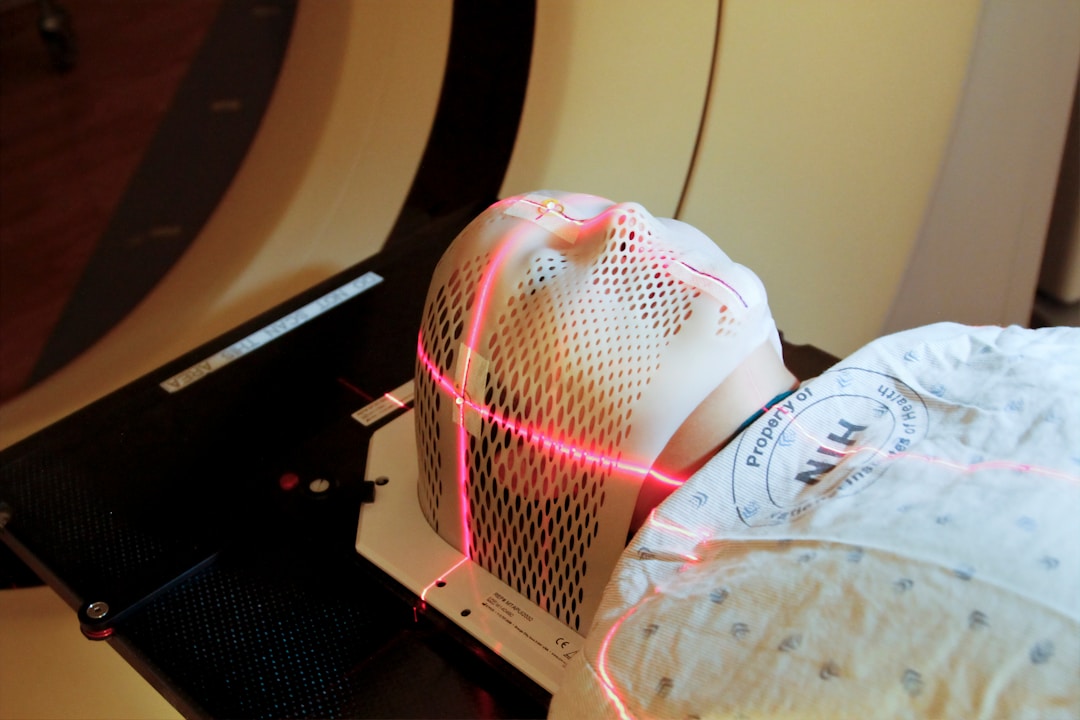High-energy radiation is used to diagnose and treat illnesses. Patients may be sent for X-rays to determine if they have a broken bone. A magnetic resonance imaging (MRI) scan can verify if a patient has a traumatic brain injury, tumor, or infection. MRIs can also confirm if a person’s suffered a stroke. Radiology is a medical discipline and is also used in nuclear medicine, computerized tomography (CT) scans, positron emission tomography (PET) scans, and ultrasounds.
Improving this medical discipline enables medical experts to diagnose patients promptly. Improvements can also increase the success rate for treatments, such as radiation therapy, which reduces tumors and destroys cancer cells. Let’s explore ways to use technology and innovations to improve radiology.
How can data analytics improve radiology?

Data analytics involves converting raw data into usable information. Data scientists and analysts use data mining, data integration, and data virtualization to gather data sets. They use powerful computers to apply algorithms and other processing tactics to answer specific questions. Once the data are analyzed, they use data visualization to present the results.
Data analytics platforms enable scientists and analysts to complete their tasks. What is a data analytics platform? A data analytics platform enables users to gather, store, maintain, manage, prepare, and analyze data. These platforms ensure real-time analysis of company-wide data, ensuring users make informed decisions. Expediting the review process enables managers and executives to make operational decisions, such as allocating research funds based on anticipated needs and adjusting production quotas to meet demand levels. Consequently, businesses can avoid financial losses and increase profits.
Data scientists and analysts can gather data from various sources, such as social media and news outlets, and identify medical trends to ensure medical equipment manufacturers allocate funds to develop equipment to treat common illnesses. Evaluating data can also help equipment manufacturers determine which health issues aren’t being diagnosed promptly, ensuring they direct their research and development teams to determine why diagnostic tools aren’t yielding good results and how to improve the tools. Analyzing treatment data enables medical professionals to identify the most effective treatment options for different health issues and determine how changing the equipment or radiation therapy procedures improves patient outcomes.
How can innovative education improve radiology?

Educating professionals who use radiologic equipment to diagnose and treat patients ensures patients receive accurate diagnoses and appropriate treatment. Aspiring technologists must earn a radiologic technology degree. Earning an Associate of Applied Science in Radiologic Technology ensures graduates know how to use radiologic equipment, communicate clearly with patients and medical professionals, and have the problem-solving and critical thinking skills required to diagnose patients or deliver treatment without causing complications.
Radiologic and MRI technologists must complete 108 credit hours to earn their AAS degree. They learn about medical terminology, patient care, radiography fundamentals, radiation biology, and radiographic pathology during two years of postsecondary studies. Ensuring technologists have the knowledge and skills needed to work effectively improves this medical discipline because medical facilities can employ qualified professionals to supply optimal care.
How can new technology improve radiology?
Radiologists and MRI technologists fill demanding roles and often work long hours. Introducing computer-aided detection expedites the review process, enabling technologists to identify abnormalities and produce results in less time, expediting the diagnosis and treatment process.
Tele-radiology breaks down geographic barriers, enabling radiologists to evaluate patients remotely. This allows radiologists to share the evaluation workload. Once, patients reported to a hospital or clinic for tests or treatment and received care from techs at that location. Now, offering remote services enables technologists to share the workload, allowing one to gather images while another processes the images. This improves radiology because it reduces burnout.
Technology and innovations improve medical treatments. Data analytics enables medical equipment manufacturers to allocate funds to develop effective equipment. Innovative education prepares technologists for their careers, and new technology improves the review process, enabling technologists to share duties and provide tele-radiology services.

